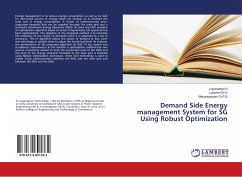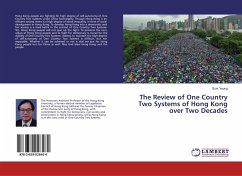Drying is an essential process in the preservation of agricultural crops and in industries, such as textile production, dairy processing, cement production, clay brick production, tile production, wood and timber processing, wastewater treatment, and biomass treatment. The energy requirement for drying can be supplied from various sources, namely, electricity, fossil fuel, natural gas, wood, bark forest residual, and solar. Although the use of solar radiation for drying has existed since antiquity, it has not yet been widely commercialized, particularly in the industrial sector. Considering the rapid depletion of natural fuel resources and because of the rising fossil fuel cost, solar drying is expected to become indispensable in the future. Moreover, environmental considerations and damages caused by human beings due to increasing consumption of fossil fuel prompt governments and industries to use renewable energies as a clean and sustainable resource, thus, the use of solar energy for drying. The numerous solar drying applications are classified into two main categories, that is, agricultural and industrial.
Bitte wählen Sie Ihr Anliegen aus.
Rechnungen
Retourenschein anfordern
Bestellstatus
Storno








